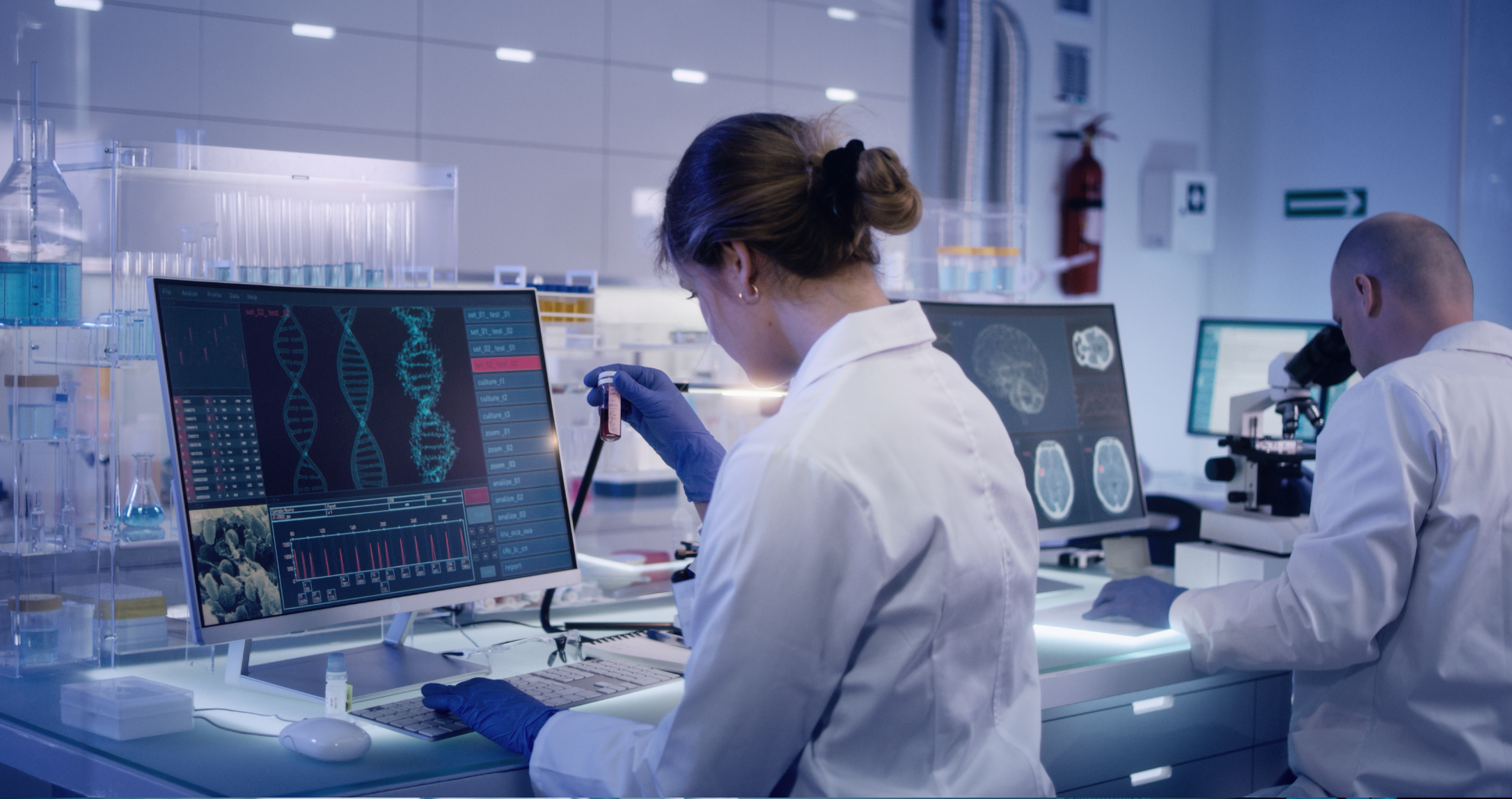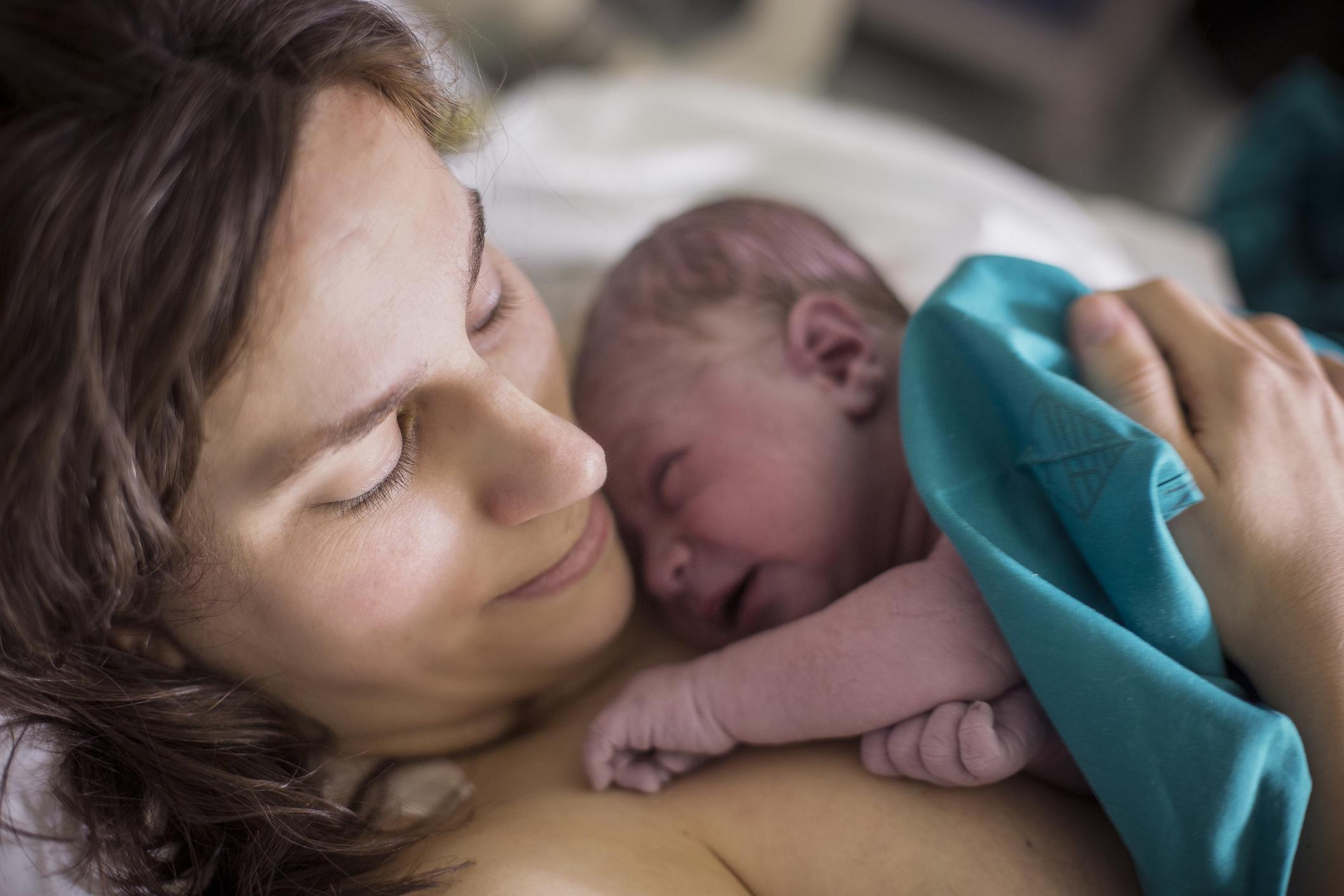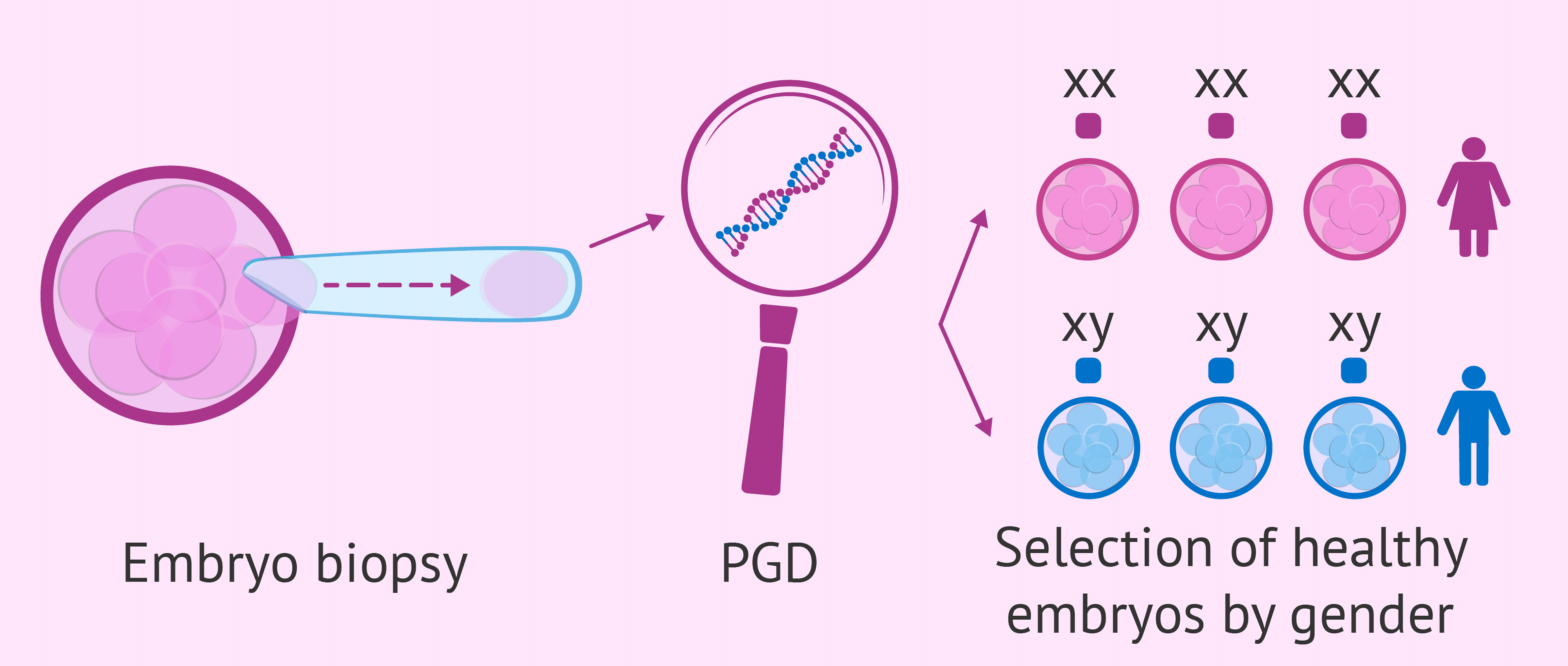A large percentage of couples around the world have problems conceiving a child. This is related both to the health of future parents and to the fact that more and more couples begin to think about pregnancy after the age of 30-35 when female reproductive function declines.
Approximately 48.5 million, or 20%, of couples worldwide fail to conceive within five years of trying. However, it should be noted that even fully healthy partners under the age of 30 manage to conceive in the first three to four months in only 20-37% of cases.
Learn more about oocyte donation
There are several ways to overcome the problem of conception, depending on the diagnosis: various treatments for the disease itself, expropriated fertilization (IVF) using the couple's biological materials, IVF with donor sperm or eggs, IVF using donor embryos. If your health condition does not allow you to turn to these methods, there is still an option with surrogacy, which can also be with your or donor biomaterial.
Expropriate insemination has become a lifesaver for millions of couples worldwide and today is perceived by the general public as something familiar, safe, and not causing negative perceptions. While IVF with the use of the patient's own biomaterial is used more often and does not cause additional questions, IVF with the use of donor embryos is still little known among couples wishing to become parents. In this article, we will study in detail the advantages of embryo adoption.
Is embryo adoption more successful than IVF?
Embryo adoption is an assisted reproductive technology that follows virtually the same protocols as standard IVF, the only difference being that a donor egg fertilized by donor sperm is implanted into the patient's uterus. This method is ideal if for some reason it is not possible to use your own egg and sperm.
Using IVF with a donor embryo allows a couple, and especially a woman, to feel like a full-fledged parent, go through the process of pregnancy, delivery, breastfeeding, and raising a baby from the first days of his life, which greatly eases the psychological barrier that may arise in the couple or one parent associated with not being the biological parent of the child.

Performance of traditional IVF and donor embryo
Traditional In Vitro Fertilization is the fertilization of a patient's egg in a laboratory with the sperm of her husband or partner, for further transfer to the patient's uterus. The main advantage of this procedure is that patients are the genetic parents of the child.
The result of the IVF procedure depends on two factors:
- "Quality" of the embryo. 80% of the success depends on the embryo that is transferred into the patient's uterus. Here we take into consideration the age of the donors, the quality of their biomaterials, how the fertilization procedure was carried out, and whether there are any abnormalities in the formation of the embryo.
- The condition of the patient's health and uterus. The remaining 20% comes from the health status of the expectant mother and, of course, the condition of the uterine endometrium - readiness to accept the embryo.
A huge advantage of using donor embryos is that the process of selecting egg and sperm donors is very thorough and high demands are placed on the quality of the biomaterial. Thus, doctors minimize the number of embryos with low survival rates and diseases even at the initial stage of selection.

Because of careful selection, donor embryos are always of high "quality," without defects, and the probability of a successful birth is, on average, 56% of all donor embryo transfers.
For comparison, women over 44 years of age have up to a 45% chance of IVF success with donor embryos. At the same time, the success rate of traditional IVF with one's own biological material after the age of 44 is less than 5%.
These figures suggest that for women who are 40 years of age or older, embryo adoption offers a higher chance of pregnancy than using one's own biological material. In addition, the chances of getting pregnant the first time with a donor embryo are also much higher, which is not the case with traditional IVF, which most often requires several attempts to be successful.
Probability of pregnancy after the transfer of two embryos in traditional IVF:
- Under 35 years old - 46%
- 36-38 years old - 38%
- 39-40 years old - 30%
- 40-42 years old - 22%
- 43-44 years old - 10%
Are there any age restrictions for adopting embryos?
There is no official age limit for embryo adoption. Some clinics determine this return for their female clients between 45-55 years old. But it is worth noting that it's not so much about age as about the overall psychological and physical health of the expectant mother, and especially the condition of her uterus. In any IVF procedure, the health of the patient and her ability to bear and give birth is of key importance, and in this aspect, the use of a donor embryo expands the possibilities of getting pregnant, as it solves the problem with the quality of the patient's own eggs, as well as their number. The same applies to the biological material of the man.
How does the process of embryo adoption work?
Adoption and embryo selection take place in specialized fertility clinics and donor centers. Many prospective parents are concerned about their child's appearance, and their similarity to their parents in terms of hair color, skin, eyes, and race.
You should understand that you can discuss all this with your doctor when choosing a donor. Of course, you will be able to choose an embryo that is as similar to you as possible and meets your wishes.
Is IVF with a donor embryo dangerous?
The medical procedure of embryo adoption itself is simpler and safer for the expectant mother than other assisted reproductive procedures.
Much less medication will be needed. The patient undergoes only the procedure to prepare the cervix for embryo transfer - oral medication or estrogen skin patches before transfer and progesterone (pill, suppository, or injection) for several weeks after embryo transfer.

Blastocyst transfer
The embryo is not transferred until days 5-6 of growth when it reaches the blastocyst phase. This moment is critical because it allows for additional examination of the embryo by doctors, diagnosis of abnormalities, and defects, and increases the chance of successful embryo attachment and live birth.
What is the procedure for donor embryo transfer during IVF?
The entire procedure takes no more than 5-10 minutes, and depending on how the patient feels, she can leave the clinic in 30 minutes to an hour after the procedure.
- Embryo implantation takes place in the gynecological chair, with full control on the ultrasound monitor, and is virtually painless.
- A thin guide with a catheter is inserted into the patient's uterus, to which a syringe with embryos in a nutrient solution is attached. Next, the doctor carefully and slowly injects the contents of the syringe into the uterine cavity.
- The guide and catheter are then removed from the uterine cavity.
- The contents of the conductor are checked. No embryo/embryo should remain inside.
- The patient is transferred to a room where she can rest, the initial medical control takes place and then the woman can be sent home and wait for the results.
Can I choose the sex when adopting an embryo?

Yes, even choosing the sex of your unborn child is possible today. Before you go through the insemination procedure, you can have PGT-A embryos tested to determine the sex and then only those embryos whose sex you prefer will be used for implantation.
What is the average cost of embryo adoption?
Cost is another advantage of using donor embryos. Because of the lack of stimulation and the long preparation of the woman for the procedure, its cost is significantly lower than that of traditional IVF.
Depending on the country and clinic, IVF using a donor embryo can cost anywhere from $3,000 to $6,000.
This fee includes consultations at the clinic, assistance in choosing a donor embryo, transportation if necessary, transferring the embryo into the uterus, and ultrasound scans. For comparison, the average cost of one IVF cycle is $14,000.
Does insurance cover the adoption of an embryo?
The best way to find out if your insurance covers fetal adoption is to talk to the manager of your insurance company.
Here are some questions you should ask during the discussion:
- Does my current insurance policy offer fertility treatments? If so, which ones?
- Is my infertility medication covered by my insurance policy? If so, which ones?
- Are there any limitations related to coverage? Is my age a factor in the denial? Will I need a referral from a doctor?
- Is there a limit to the number of cycles you can complete?
It is important to keep in mind that in any case, only the medical portion of the cost of adopting an embryo can potentially be covered by a health insurance plan, not additional costs such as attorney's fees or adoption agency fees.
If you still have questions, contact us for more information. We're here to help you: https://uamedtours.com/

MEDICAL DISCLAIMERThis content is for informational and educational purposes only. It is not intended to provide medical advice or to be a substitute for such advice or treatment by a personal physician. All readers of this material are advised to consult their own physicians or qualified health care professionals. UAmedTOURS is not responsible for the possible health consequences to any person or persons reading or following the information contained in this educational content. All readers of this content, especially those who take prescription or over-the-counter medications, should consult their physicians before making any changes in their diet, lifestyle, taking pills, or other facts that may affect your physical and psychological health.









